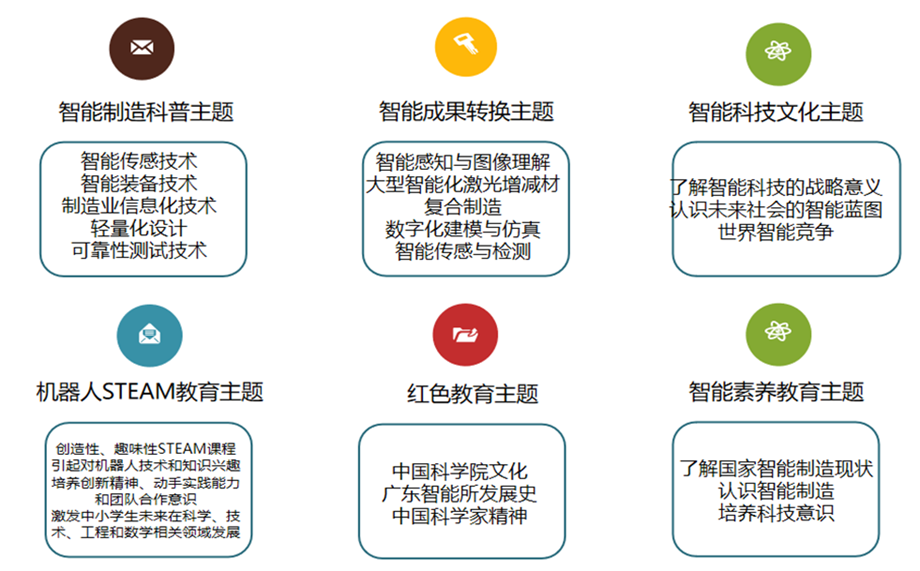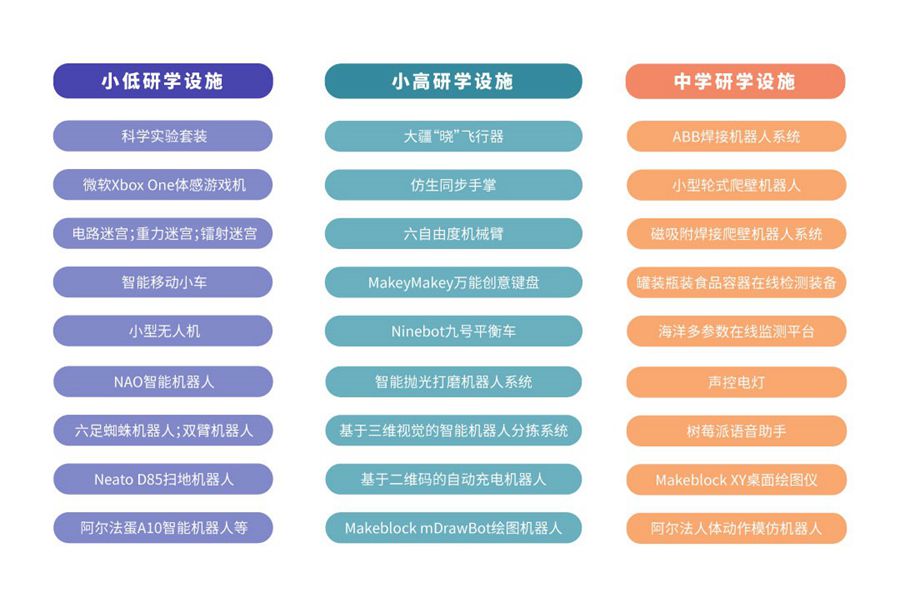2023年05期 v.44 68-73页
廖桂鑫 甘力
(广东工业大学,广东 广州 510006)
摘要:针对网络轻量化后,模型复杂度降低带来的检测性能不足等问题,提出一种基于自适应卷积的心电图(ECG)心律分类方法。首先,采用轻量级的卷积神经网络模型框架构建双分支结构,主分支提取ECG的波形特征,子分支提取ECG样本与正常心律的差异信息;然后,通过自适应卷积的方法,将ECG样本与正常心律的差异信息融入到主分支中,提高模型的检测性能;最后,在公开的数据集上进行实验,F1分数、准确率、召回率分别为93.58%、95.53%和91.70%,相较于未加入ECG样本与正常心律的差异信息的网络有明显提升,验证了该方法的有效性。
关键词:心电图;心律分类;轻量级卷积神经网络;自适应卷积;双分支结构
中图分类号:TP391 文献标志码:A 文章编号:1674-2605(2023)05-0011-06
DOI:10.3969/j.issn.1674-2605.2023.05.011
ECG Rhythm Classification Method Based on Adaptive Convolution
LIAO Guixin GAN Li
(Guangdong University of Technology, Guangzhou 510006, China)
Abstract: A heart rhythm classification method for electrocardiogram (ECG) based on adaptive convolution is proposed to address the issues of insufficient detection performance caused by reduced model complexity after network lightweighting. Firstly, a lightweight convolutional neural network model framework is used to construct a dual branch structure. The main branch extracts the waveform features of ECG, while the sub branches extract the difference information between ECG samples and normal heart rhythm; Then, by using adaptive convolution method, the difference information between ECG samples and normal heart rhythm is integrated into the main branch to improve the detection performance of the model; Finally, experiments were conducted on publicly available datasets, and the F1 score, accuracy, and recall rates were 93.58%, 95.53%, and 91.70%, respectively. This showed a significant improvement compared to the network that did not include the difference information between ECG samples and normal heart rhythm, verifying the effectiveness of this method.
Keywords: electrocardiogram; heart rhythm classification; lightweight convolutional networks; adaptive convolution; double branch structure
























































